Understanding the Impact of Chair Leg Scratches on Wooden Floors
Chair leg scratches on wooden floors can cause a range of potential damages, from minor surface scratches to deep gouges. These damages can significantly impact the aesthetic and value of the floor.
Potential Damages: Chair leg scratches can lead to various damages on wooden floors, including:
- Dulling of the Finish: Scratches can make the floor look old and worn, diminishing its overall appearance.
- Splintering: Deep scratches can cause the wood to splinter, leading to further damage and potential injuries.
- Warped or Cracked Wood: In extreme cases, chair leg scratches can cause the wood to warp or crack, requiring extensive repairs or even replacement.
Aesthetic and Value: Chair leg scratches can have a significant impact on the aesthetic and value of wooden floors. Here’s how:
- Aesthetic: Even minor scratches can be noticeable and detract from the overall look of the floor. Deep scratches can be particularly challenging to repair and may require professional assistance.
- Value: Deep scratches can significantly reduce the value of the floor, especially if they are in highly visible areas. Potential buyers may perceive the floor as damaged or poorly maintained, affecting its market value.
Importance of Prevention: It is crucial to prevent chair leg scratches on wooden floors to maintain their beauty and value. Here’s why:
- Costly Repairs: Repairing deep scratches can be expensive and time-consuming. Preventing scratches in the first place saves you from the hassle and financial burden of repairs.
- Enhanced Aesthetic: By preventing chair leg scratches, you can preserve the floor’s pristine appearance, making it look well-maintained and visually appealing.
- Preserving Value: Preventing scratches helps maintain the value of your wooden floor, ensuring that it remains an asset rather than a liability when it comes to property valuation or potential resale.
To prevent chair leg scratches, it is essential to use furniture pads or felt pads on the legs of chairs and other furniture. Regularly inspecting and replacing worn-out pads is also crucial. Additionally, lifting furniture instead of dragging it across the floor and using appropriate cleaning products designed for wooden floors can further protect against scratches.
Identifying the Vulnerability of Different Types of Wooden Floors to Chair Leg Scratches
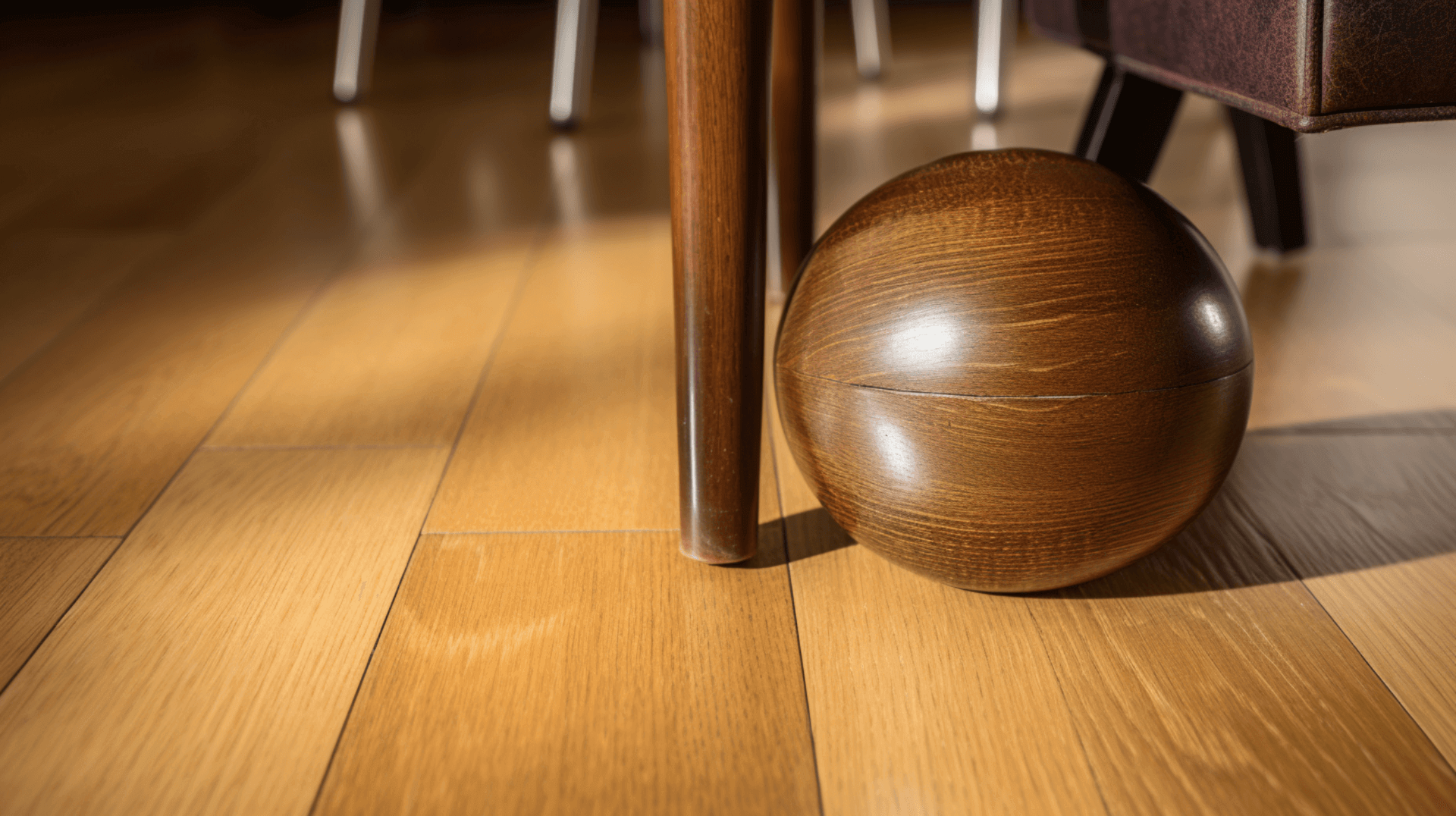
Different types of wooden floors have varying levels of vulnerability to chair leg scratches. Hardwood and softwood floors, in particular, react differently to chair leg scratches.
Hardwood Floors: Hardwood floors are generally more resistant to chair leg scratches than softwood floors. they are still vulnerable to deep scratches, which can cause splintering and warping. Hardwood floors are also more prone to dulling of the finish due to scratches.
Softwood Floors: Softwood floors are more susceptible to chair leg scratches than hardwood floors. The softer wood is more prone to splintering and cracking, and the scratches can be more difficult to repair.
Several factors can make some wooden floors more vulnerable to chair leg scratches than others. These include:
- Type of Wood: Hardwood floors are generally more resistant to scratches than softwood floors. The density and hardness of the wood species used in the floor construction play a significant role in determining its vulnerability to scratches.
- Finish: The type of finish applied to the floor can also impact its vulnerability to scratches. Floors with a glossy finish are more prone to scratches than those with a matte finish. A high-quality finish can provide an additional layer of protection against chair leg scratches.
- Age: Older floors are more likely to be damaged by chair leg scratches than newer floors. Over time, the protective layers of the floor may wear off, making it more susceptible to scratches.
- Maintenance: Regular maintenance, such as refinishing and applying protective coatings, can help minimize the vulnerability of wooden floors to chair leg scratches. Proper cleaning techniques and the use of furniture pads or felt pads on chair legs can also prevent scratches.
By considering these factors, homeowners and business owners can choose the right type of wooden floor and take appropriate measures to protect it from chair leg scratches.
Exploring the Common Causes of Chair Leg Scratches on Wooden Floors
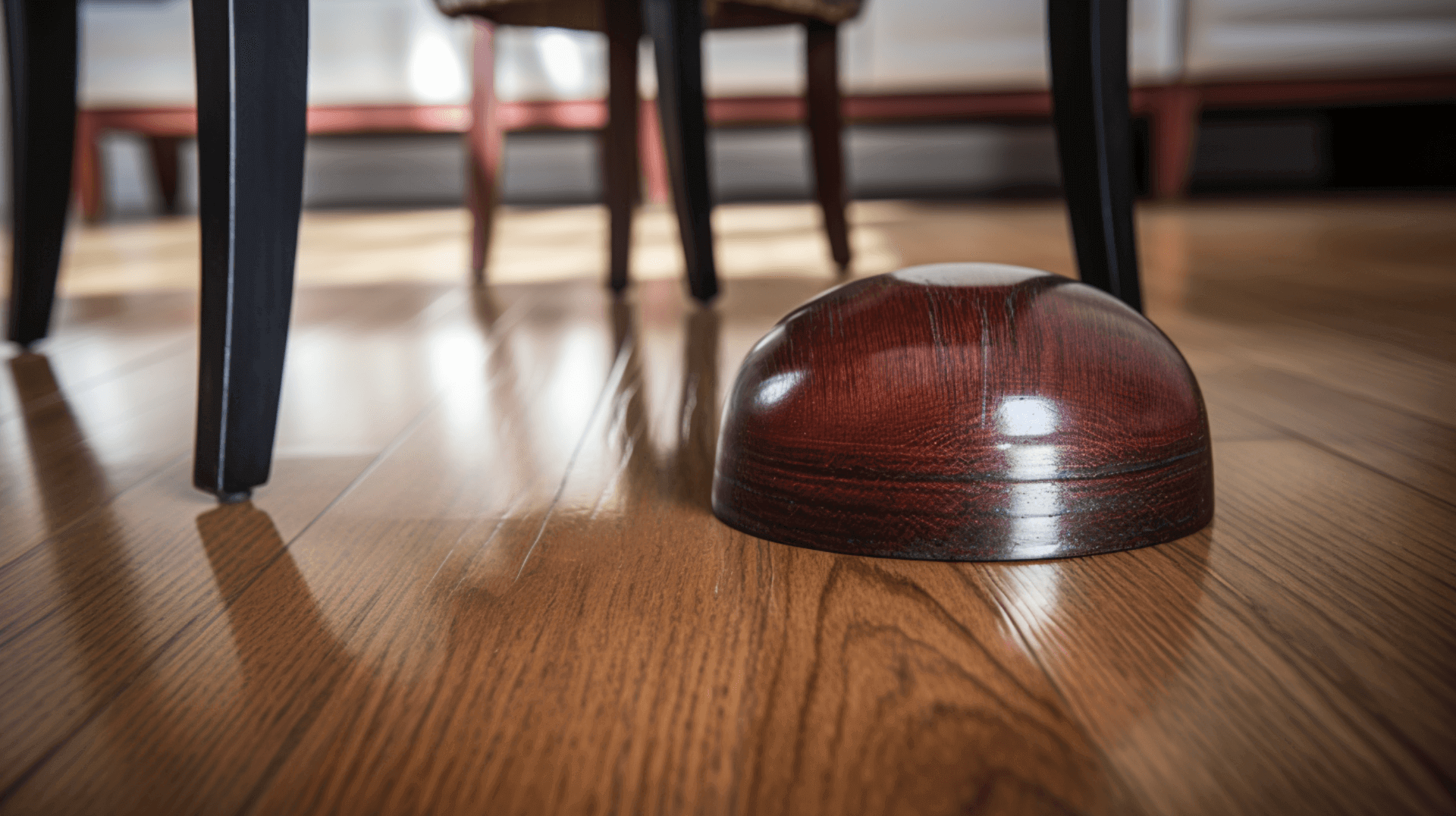
Chair leg scratches on wooden floors are a common problem, and there are several factors that can contribute to them. Different types of chairs and furniture, as well as the movement of furniture, can all play a role in causing scratches on wooden floors.
Common Causes: The most common causes of chair leg scratches on wooden floors include:
- Sharp Edges: Chairs and furniture with sharp edges can easily scratch wooden floors.
- Heavy Furniture: Heavy furniture can cause deep scratches on wooden floors, especially if it is dragged across the floor.
- Uneven Legs: Uneven chair legs can cause scratches on wooden floors, as they can catch on the floor surface.
- Visual Inspection: Visual inspection of the floor can reveal any pre-existing defects or problems that may be exacerbated by the movement of furniture.
- Parking Vehicles: Parking vehicles on the customer’s drive without permission can also cause scratches on wooden floors.
To prevent chair leg scratches on wooden floors, it is important to use furniture pads or felt pads on the legs of chairs and other furniture. These pads provide a protective barrier between the chair legs and the floor, reducing the risk of scratches. Regularly inspecting and replacing worn-out pads is also crucial to ensure their effectiveness.
Additionally, it is important to lift furniture instead of dragging it across the floor. Dragging furniture, especially if it has sharp edges or uneven legs, can lead to deep scratches. By lifting furniture, you minimize the risk of scratches and preserve the integrity of your wooden floors.
Taking these preventive measures will help homeowners and business owners maintain the beauty and value of their wooden floors by preventing chair leg scratches.
Evaluating the Best Materials for Chair Leg Protectors

Chair leg protectors are an important part of protecting wooden floors from scratches. Different materials can be used for chair leg protectors, and it is important to choose the right material based on your specific needs.
Common Materials: The most common materials used for chair leg protectors include:
- Felt: Felt is a soft, durable material that is effective in preventing scratches on wooden floors. It is available in a variety of colors and thicknesses, and is relatively inexpensive.
- Rubber: Rubber is a durable material that is effective in preventing scratches on wooden floors. It is available in a variety of colors and thicknesses, and is more expensive than felt.
- Plastic: Plastic is a lightweight material that is effective in preventing scratches on wooden floors. It is available in a variety of colors and thicknesses, and is relatively inexpensive.
Each material has its own pros and cons, and it is important to consider these when choosing the right material for chair leg protectors. Felt is soft and durable, but can be easily damaged by sharp edges. Rubber is durable and long-lasting, but can be more expensive. Plastic is lightweight and affordable, but may not provide as much cushioning as felt or rubber.
Consider your specific needs, budget, and the type of furniture you have when selecting the material for chair leg protectors. By choosing the appropriate material, you can effectively prevent chair leg scratches and preserve the beauty of your wooden floors.
Implementing Preventive Measures to Protect Wooden Floors from Chair Leg Scratches
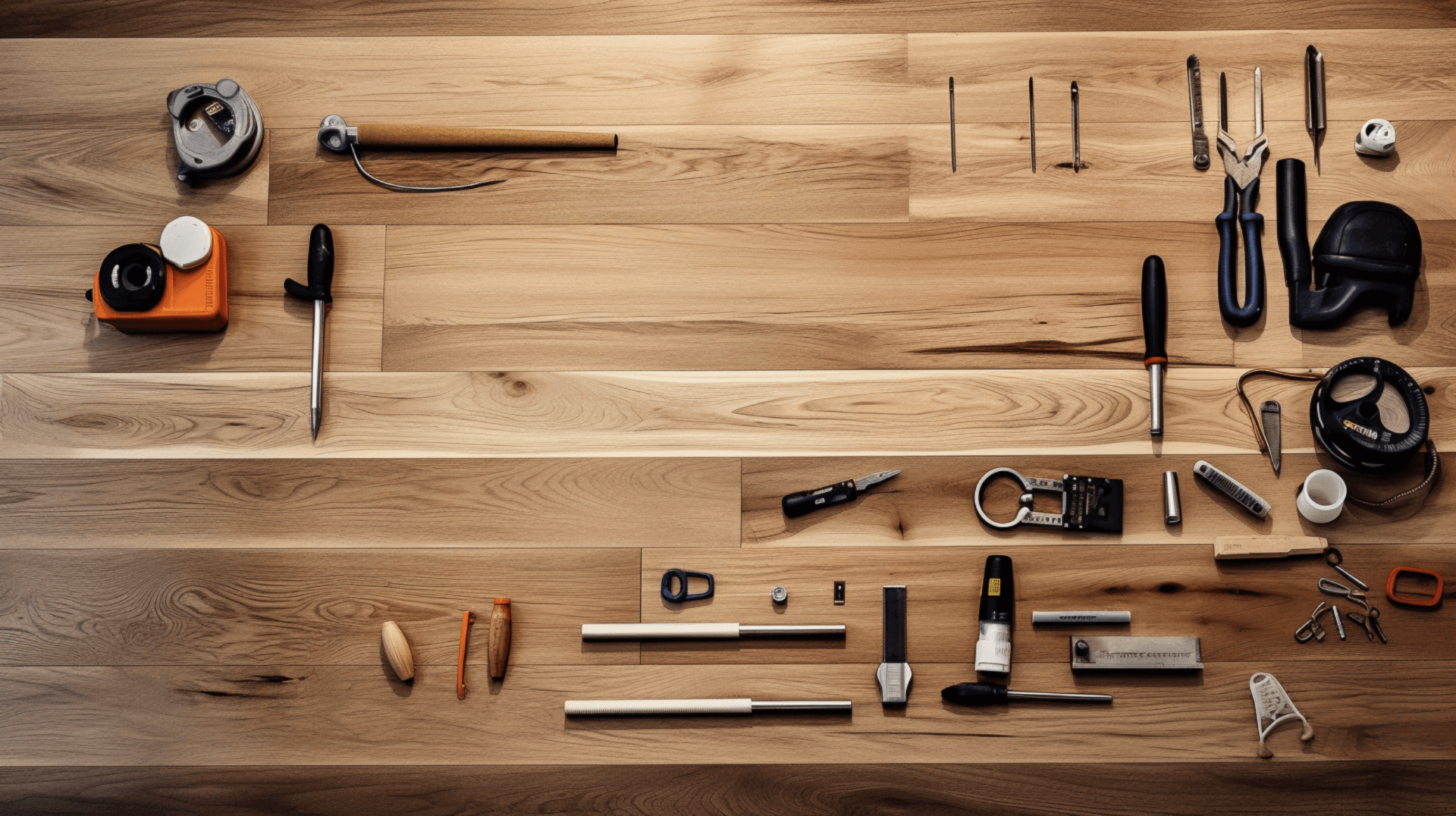
To protect wooden floors from chair leg scratches, implementing preventive measures is crucial. By following best practices, optimizing furniture placement and movement, and conducting regular maintenance, homeowners and business owners can effectively prevent chair leg scratches on their wooden floors.
Best Practices: The best practices for preventing chair leg scratches on wooden floors include:
- Furniture Placement: Furniture should be placed away from walls and other furniture to minimize the risk of scratches. Additionally, placing furniture on a rug or other protective surface can provide an additional layer of protection.
- Furniture Movement: It is important to lift furniture instead of dragging it across the floor to minimize the risk of scratches. Furniture should be moved slowly and carefully to avoid catching on the floor surface.
- Chair Leg Protectors: Using chair leg protectors, such as felt pads or rubber pads, can provide an additional layer of protection against scratches. These protectors should be regularly inspected and replaced if worn out.
- Regular Maintenance: Regular maintenance is crucial in preventing chair leg scratches. This includes refinishing the floor and applying protective coatings to enhance its durability. Visual inspection of all floor voids should also be carried out to identify any pre-existing defects or problems that may be exacerbated by the movement of furniture.
By implementing these preventive measures, homeowners and business owners can maintain the beauty and longevity of their wooden floors. It is important to consider the specific needs of the floor, furniture, and the environment to choose the most suitable preventive measures.
Choosing the Right Chair Leg Protectors for Your Wooden Floors
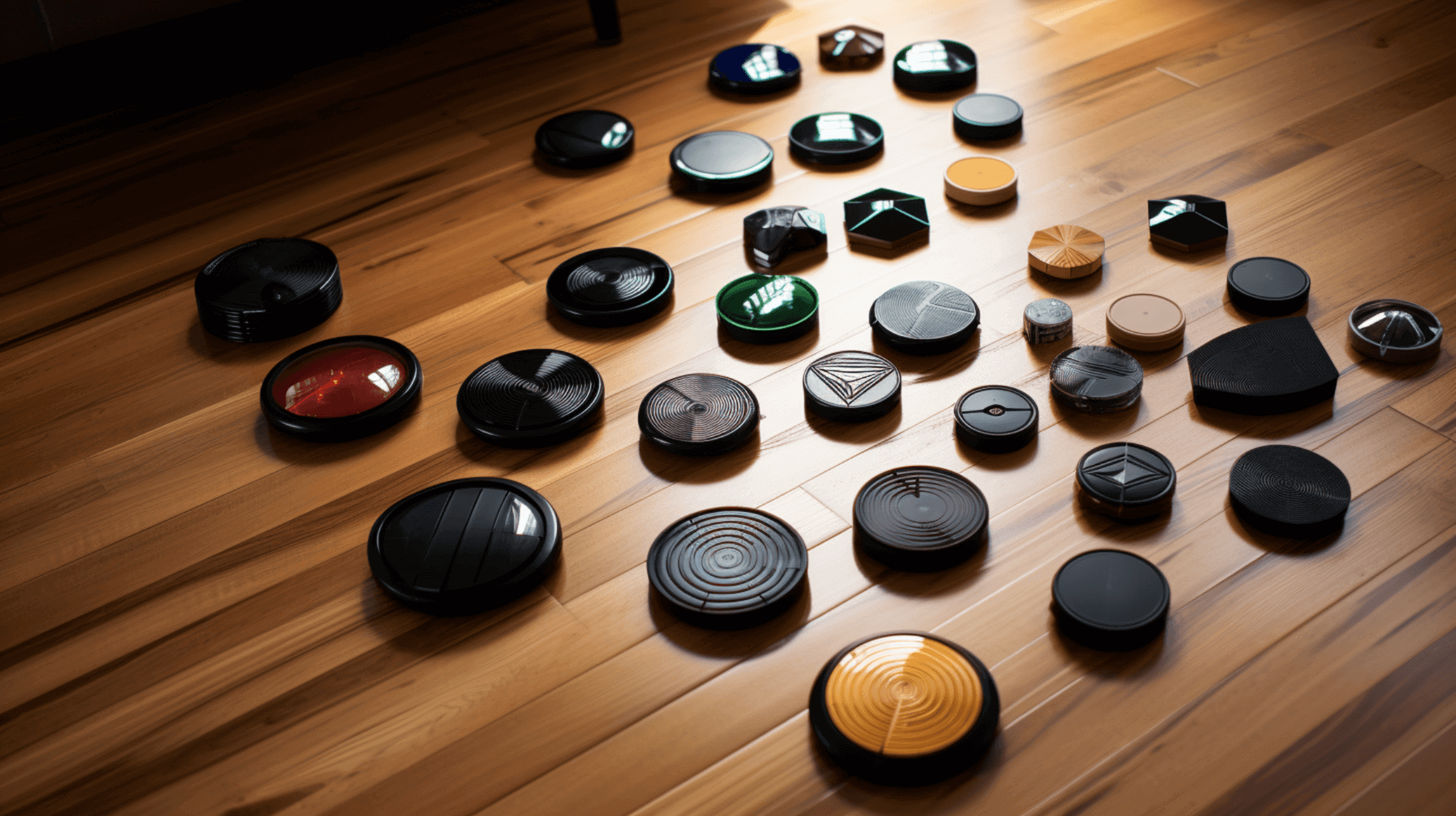
Choosing the right chair leg protectors for your wooden floors is an important consideration to prevent scratches. When selecting chair leg protectors, it is crucial to take into account the type of furniture, cost, durability, and appearance.
Type of Furniture: Consider the type of furniture you have. For furniture with sharp edges, felt pads are a suitable option as they provide cushioning and protection. Rubber pads, on the other hand, are better suited for heavy furniture as they offer more stability and durability.
Cost: Chair leg protectors vary in cost. Felt pads are generally the most affordable option, making them a popular choice for many homeowners. Rubber pads tend to be more expensive due to their enhanced durability and longevity.
Durability: The durability of chair leg protectors is an important factor to consider. Felt pads are soft and durable, providing effective protection against scratches. Rubber pads, being more long-lasting, are ideal for furniture that experiences frequent movement or heavy use.
Appearance: Chair leg protectors come in various colors and styles. It is essential to consider the overall appearance of your furniture and floor when selecting chair leg protectors. Choose protectors that blend well with your furniture and complement the aesthetic of your space.
By considering these factors, you can choose chair leg protectors that are specifically tailored to your needs, ensuring effective protection against scratches while maintaining the visual appeal of your wooden floors.
Installing Chair Leg Protectors: A StepbyStep Guide

Installing chair leg protectors is an important step in protecting wooden floors from scratches. This guide outlines the steps involved in installing chair leg protectors, the tools and techniques required, and the common mistakes to avoid.
Steps: The steps involved in installing chair leg protectors on wooden floors include:
- Measure: Use a measuring tape to measure the size of the chair leg and select the appropriate protector.
- Clean: Thoroughly clean the chair leg and the floor surface to ensure a secure fit. Remove any dirt, dust, or debris that may interfere with the adhesive or attachment.
- Attach: Attach the protector to the chair leg using adhesive or screws. Apply the adhesive to the protector or use screws to secure it in place. Follow the manufacturer’s instructions for proper attachment.
- Check: After installation, check that the protector is securely attached and does not move when the chair is moved. This will ensure that the protector provides effective protection against scratches.
Tools and Techniques: The tools and techniques required for the installation of chair leg protectors include:
- Measuring Tape: Use a measuring tape to accurately measure the size of the chair leg and select the appropriate protector. This will ensure a proper fit and optimal protection.
- Adhesive: Use adhesive specifically designed for attaching chair leg protectors. Apply the adhesive to the protector according to the manufacturer’s instructions. Make sure to choose an adhesive that is suitable for both the chair leg material and the floor surface.
- Screws: If screws are provided with the chair leg protectors, use them to secure the protectors in place. Pre-drill pilot holes to prevent splitting the chair leg. Follow the manufacturer’s instructions for proper screw installation.
By following these steps and using the appropriate tools and techniques, you can successfully install chair leg protectors and safeguard your wooden floors from scratches. Remember to check the protector’s attachment periodically and replace it if it becomes worn or damaged.
Repairing Chair Leg Scratches on Wooden Floors: An Overview
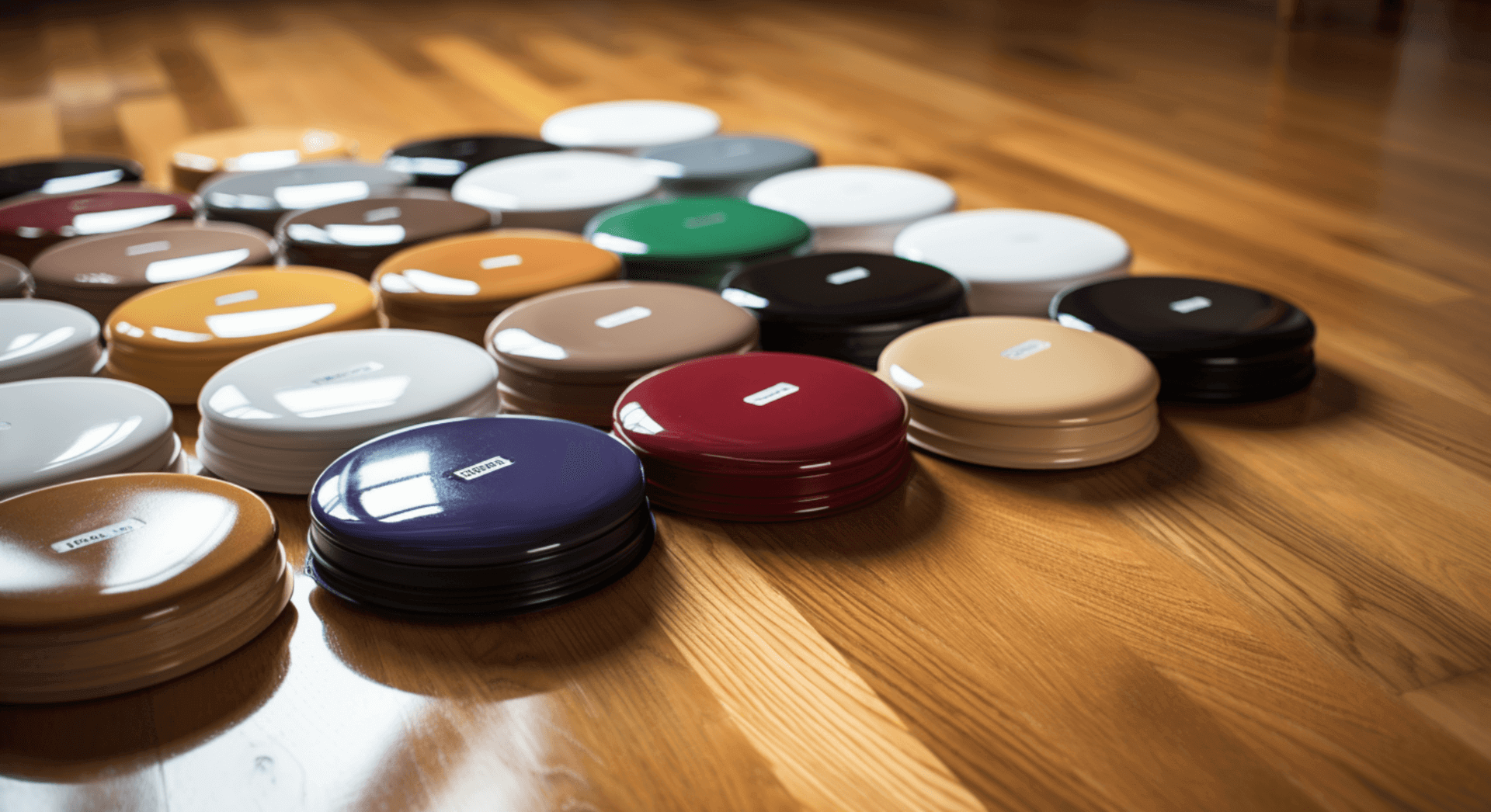
Repairing chair leg scratches on wooden floors is an important step in maintaining the beauty and longevity of the floor. This guide outlines the best methods for repairing chair leg scratches, the materials and tools required, and how to assess the severity of scratches and decide between DIY repair and professional help.
Best Methods: The best methods for repairing chair leg scratches on wooden floors include:
- Sanding: Sanding is a simple and effective way to repair minor scratches. Use a fine-grit sandpaper to gently sand the scratched area. This will remove the top layer of the wood and reduce the appearance of the scratch.
- Filling: For deeper scratches, filling is the best option. Use a wood filler to fill the scratch and let it dry. Once dry, sand the area to create a smooth surface.
- Staining: Staining is a great way to hide scratches and restore the original color of the wood. Use a wood stain that matches the color of the floor and apply it to the scratched area.
Materials and Tools: The materials and tools required for repairing scratches on wooden floors include:
- Fine-grit sandpaper
- Wood filler
- Putty knife
- Wood stain
- Brush
- Protective finish
When assessing the severity of the scratches and deciding between DIY repair and professional help, consider the depth and extent of the scratches, your own experience and skill level, and the time and effort required for the repair process. Minor scratches can often be repaired using DIY methods, but for complex repairs or extensive damage, it may be best to seek professional assistance.
By following these methods and using the appropriate materials and tools, you can effectively repair chair leg scratches on your wooden floors and maintain their beauty.
The Role of Professional Floor Sanding in Maintaining Wooden Floors
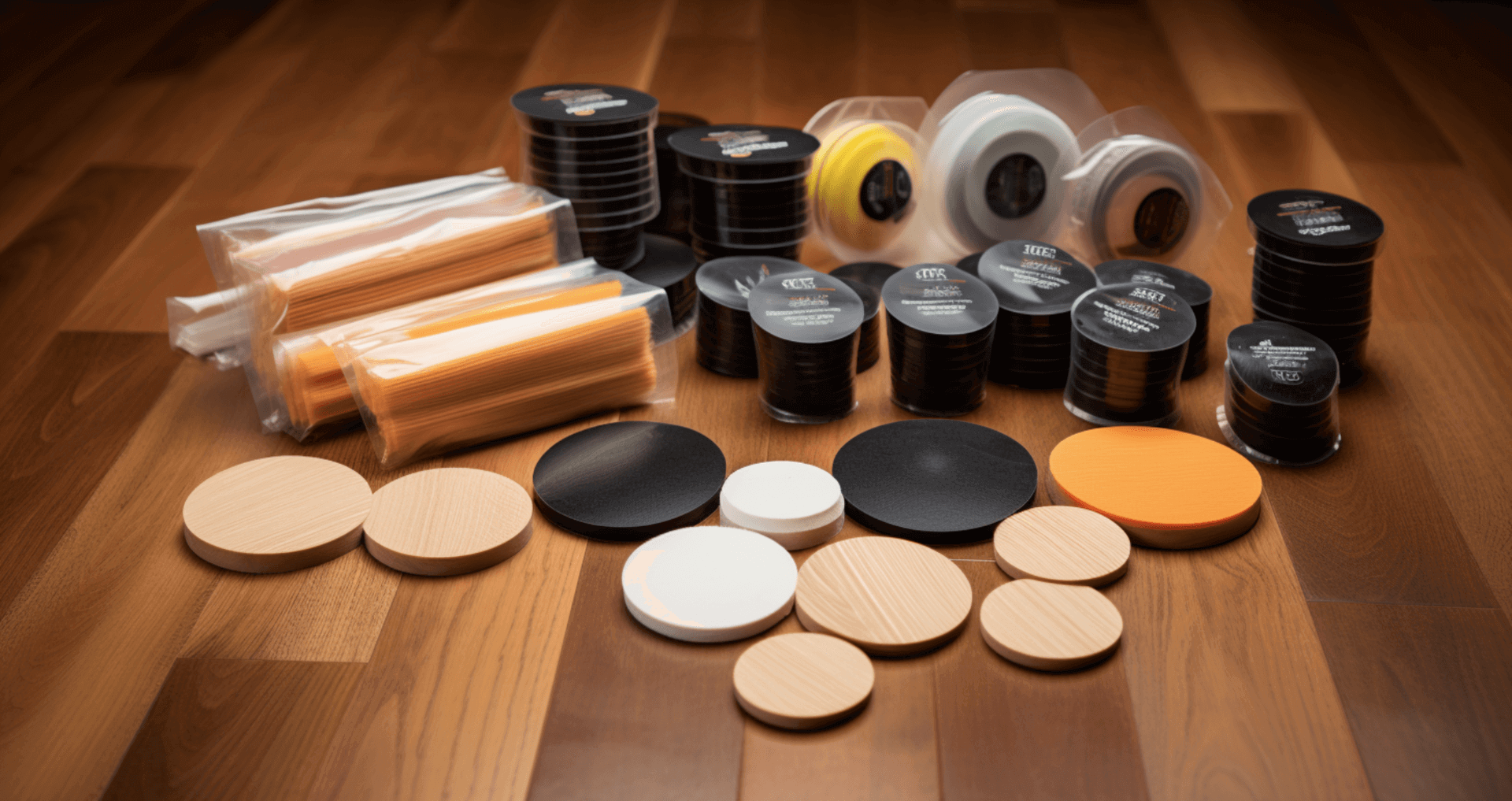
Professional floor sanding is an important step in maintaining the look and longevity of wooden floors. This guide outlines how professional floor sanding can help in maintaining wooden floors, the process of professional floor sanding, and when to consider professional floor sanding for your wooden floors.
Benefits: Professional floor sanding can help in maintaining the look and longevity of wooden floors in several ways. It can:
- Remove scratches, dents, and other imperfections
- Restore the original color and shine of the wood
- Remove dirt, dust, and debris from the floor
- Seal the floor to protect it from moisture and other damage
- Investigate by probing with a sharp implement, like a bradawl, to detect any internal decay in large-section timbers
- Probe especially carefully where timbers, such as purlins and joist ends, enter walls, as decay can be localized in the portions of timber embedded in the masonry
- Improve the thermal performance of a suspended timber floor by adding extra insulation to comply with the current relevant national building regulations
Process: The process of professional floor sanding involves several steps. First, the floor is inspected to assess the condition of the wood and determine the best sanding method. Then, the floor is sanded using a drum or belt sander to remove the top layer of the wood and reveal a fresh layer beneath. Finally, the floor is sealed to protect it from moisture and other sources of damage.
When to Consider: Professional floor sanding should be considered when the wooden floors have noticeable scratches, dents, or other imperfections that affect their appearance. It is also beneficial when the floors have lost their original color and shine or when there is a buildup of dirt and debris that regular cleaning cannot remove. Additionally, if you want to protect your floors from moisture and other sources of damage, improve the thermal performance of your floor, or detect any internal decay in large-section timbers, professional floor sanding is a great option to consider.
Why Choose GJP Floor Sanding for Your Wooden Floor Needs?

GJP Floor Sanding is a reliable choice for wooden floor maintenance and repair due to our extensive experience and expertise. With over 25 years in the business, we have established themselves as experts in the field. Our team of highly trained and experienced professionals is knowledgeable in all aspects of wooden floor maintenance and repair.
One of the key factors that make GJP Floor Sanding reliable is our use of the latest tools and techniques. We measure with a moisture meter and use electromagnetic capability to detect any internal decay in large-section timbers. We also probe with a sharp implement, like a bradawl, to ensure thorough investigation. This attention to detail ensures that any underlying issues are identified and addressed, providing a comprehensive solution for wooden floor maintenance and repair.
GJP Floor Sanding also provides customers with a pre-installation check sheet to verify the address for installation and advises customers of any precautions needed, such as removal of materials or possessions that restrict access to the floor. This level of communication and attention to detail ensures a smooth and efficient process for customers.
Customer satisfaction is a top priority for GJP Floor Sanding. We take the time to understand the specific needs and preferences of each customer, ensuring that the final result meets our expectations. We communicate openly and transparently throughout the process, providing updates and addressing any concerns or questions. Our commitment to high-quality service and customer satisfaction is reflected in our numerous positive reviews and testimonials from satisfied customers.
Overall, GJP Floor Sanding’s extensive experience, expertise, use of advanced tools and techniques, and commitment to customer satisfaction make us a reliable choice for wooden floor maintenance and repair. Homeowners and business owners can trust us to deliver high-quality service and ensure the longevity and beauty of our wooden floors.
Expert Tips from GJP Floor Sanding on Protecting Wooden Floors
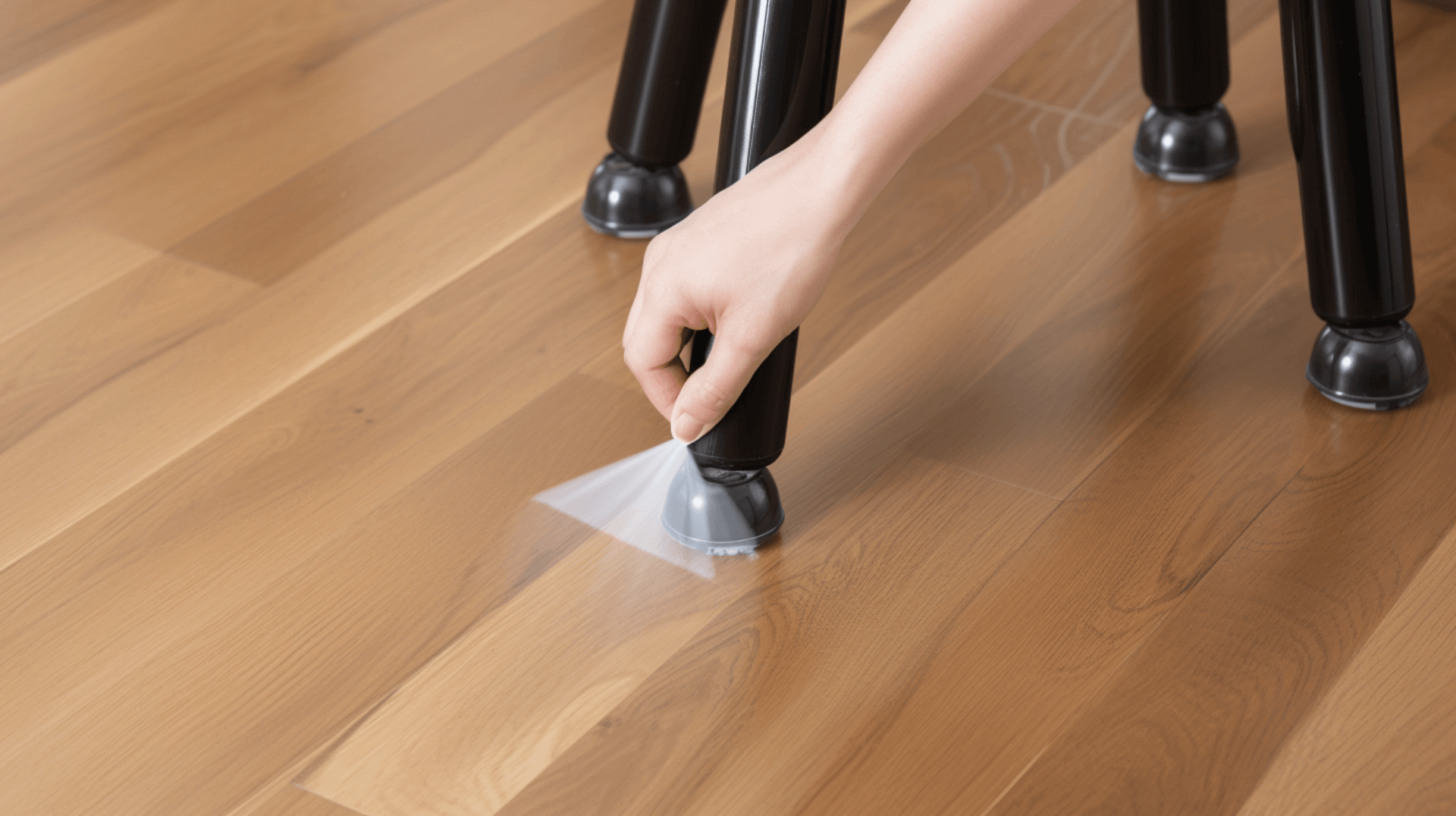
GJP Floor Sanding provides expert tips on protecting wooden floors from chair leg scratches. These tips include:
Preventing Scratches:
- Place felt pads or other protective materials on the bottom of chair legs to prevent scratches.
- Regularly check and replace the felt pads as needed.
- Place mats or rugs under chairs to protect the floor from scratches.
- Move furniture regularly to avoid wear and tear in one area.
Repairing Scratches:
- Use a fine-grit sandpaper to gently sand the scratched area.
- Use a wood filler to fill the scratch and let it dry.
- Use a wood stain that matches the color of the floor and apply it to the scratched area.
- Seal the floor to protect it from moisture and other damage.
Regular Maintenance and Care:
- Vacuum or sweep the floor regularly to remove dirt and debris.
- Clean the floor with a damp mop and a mild detergent.
- Avoid using harsh chemicals or abrasive cleaners.
- Apply a protective finish to the floor to protect it from wear and tear.
By following these expert tips from GJP Floor Sanding, homeowners and business owners can effectively prevent chair leg scratches, maintain the beauty of our wooden floors, and ensure our longevity. Regular maintenance and care are essential for prolonging the life of wooden floors.
Contact GJP Floor Sanding for Professional Help and Consultation

For professional help and consultation on wooden floor maintenance and repair, homeowners and business owners should contact GJP Floor Sanding. We provide a comprehensive range of services, including thermal upgrades (insulation) installation below the floorboards or timber decking, as well as advice on preventing and repairing chair leg scratches, maintaining the beauty of wooden floors, and ensuring our longevity.
To get in touch with GJP Floor Sanding, customers can call our office or fill out an online form. When contacting GJP Floor Sanding, customers should provide our name, contact information, and a brief description of our project. This will help GJP Floor Sanding understand the customer’s needs and provide an accurate quote.
GJP Floor Sanding is a reliable choice for wooden floor maintenance and repair due to our extensive experience and expertise. With over 25 years in the business, we have established themselves as experts in the field. We use the latest tools and techniques to ensure a thorough investigation of the floor’s condition, including the use of a pre-installation check sheet to verify the address for installation. This attention to detail ensures that any underlying issues are identified and addressed, providing a comprehensive solution for wooden floor maintenance and repair.
Customer satisfaction is a top priority for GJP Floor Sanding. We take the time to understand the specific needs and preferences of each customer, ensuring that the final result meets our expectations. We communicate openly and transparently throughout the process, providing updates and addressing any concerns or questions. Our commitment to high-quality service and customer satisfaction is reflected in our numerous positive reviews and testimonials from satisfied customers.
Overall, GJP Floor Sanding’s extensive experience, expertise, range of services, and commitment to customer satisfaction make us a reliable choice for wooden floor maintenance and repair. Homeowners and business owners can trust us to deliver high-quality service and ensure the longevity and beauty of our wooden floors.
